4 Levels of the Fashion Industry
When it comes to the Levels of the Fashion Industry, we first have to understand the meaning of the term Fashion Industry?Apparel Industry is one of the most significant industries around the world, as it significantly contributes to the economy of a country. It forms the base of all the other economic activities as it promotes trade relations between different economies beyond geographical boundaries. It also helps to generate revenue that contributes to the GDP (Gross Domestic Product) of an economy. Costumes are the most important element which helps everyone look different and stand out of the crowd. First impression comes from the accessories and garments a person wears and thus the Fashion Industry plays a vital role in any nation's economy. Fashion is not only about making a person look confident and smart but it should be comfortable and economical too.
Levels of the Fashion Industry
The Fashion Industry is mainly divided into 4 different levels. These levels work either interdependently or independently. The levels in the Fashion Industry are categorized into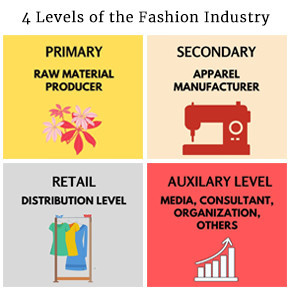
Primary Level
It consists of producers and cultivators of raw materials such as Fiber, Fabric, Leather, and Fur. Raw materials can be natural or man-made (synthetic fibers). Planning and Application of Texture and Colour take place in this stage. In this level, production of the raw materials can take up to 2 years which is the larger time span compared to other levels. The 4 basic components of the Primary Level are:- Fiber Processing
- Yarn Production
- Fabric Production
- Fabric Finishing

Secondary Level
Garment Production also known as Apparel Production, transforms fabrics produced by textile manufacturers into Clothes. The term "Apparel" production is only used when the apparels are manufactured in a factory. Domestic and Export are the two sectors in a traditional apparel manufacturing factory. Garment Production consists of production workers who perform cutting and sewing operations. From the initial sketch to the final product, most companies take 6 months to 1 year of intense production process. There are different stages in Apparel Production, such as- Creating the Line Concept
- Sample Development
- Production Planning
- Production
- Finishing / Packing
- Dispatch / Distribution
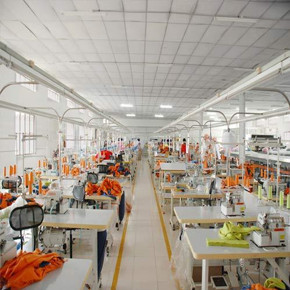
Retail Level
This level is also known as the Distribution Level. Different Retailers like Boutiques, Department Stores, Factory Outlets, Online E-stores approach the Factories in the Secondary Level and purchase their goods. Retail Level also includes all distribution points of sales.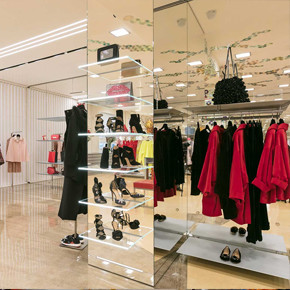
Auxiliary Level
This is the only level that functions with all other levels simultaneously. It basically offers support services to the primary producers, secondary manufacturers and the retailers. It consists of promotion agencies, print and digital media, trade organizations, public relation specialists and so on..., that assist fashion business in delivering fashion messages to other levels of the industry and the consumer. Fashion forecasters play an integral part in the merchandising progression to the end consumer. Writing skills is the most important aspect at this level.
| Published On | - | 2021-01-20 |
| Modified On | - | 2021-01-21 |
| Author | - | Team WIFD |
| Publisher | - | Waves Institute of Fashion Designing |
| https://wifd.in//four_levels_of_fashion_industry | ||


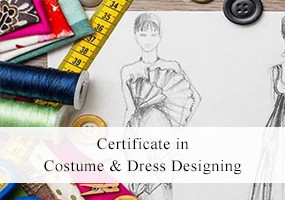
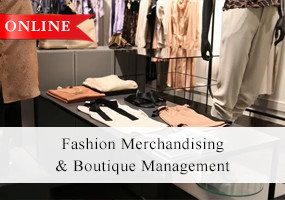

Priya Mani looks radiant in a floral dress with a cream base, pink flowers and green leaves by clothing brand 'Torani'.

Aamna Sharif looks captivating in a light peach kurta set with net overlay by designer brand 'Erum Khan Couture'.

Step into the world of elegance with Anju Kurian as she dazzles in a Parisian saree ensemble, showcasing timeless style and grace in every click-worthy pose.

Dive into the festive fervor as Soha Ali Khan and her daughter Inaaya twin in matching traditional attire, spreading joy & style this Eid.